12 Lush Alternatives To A Lawn For Sustainable Spaces
Alternatives to a lawn are beautiful and also beneficial to your local ecosystem and its pollinators. Explore our top picks for plants to replace grass.
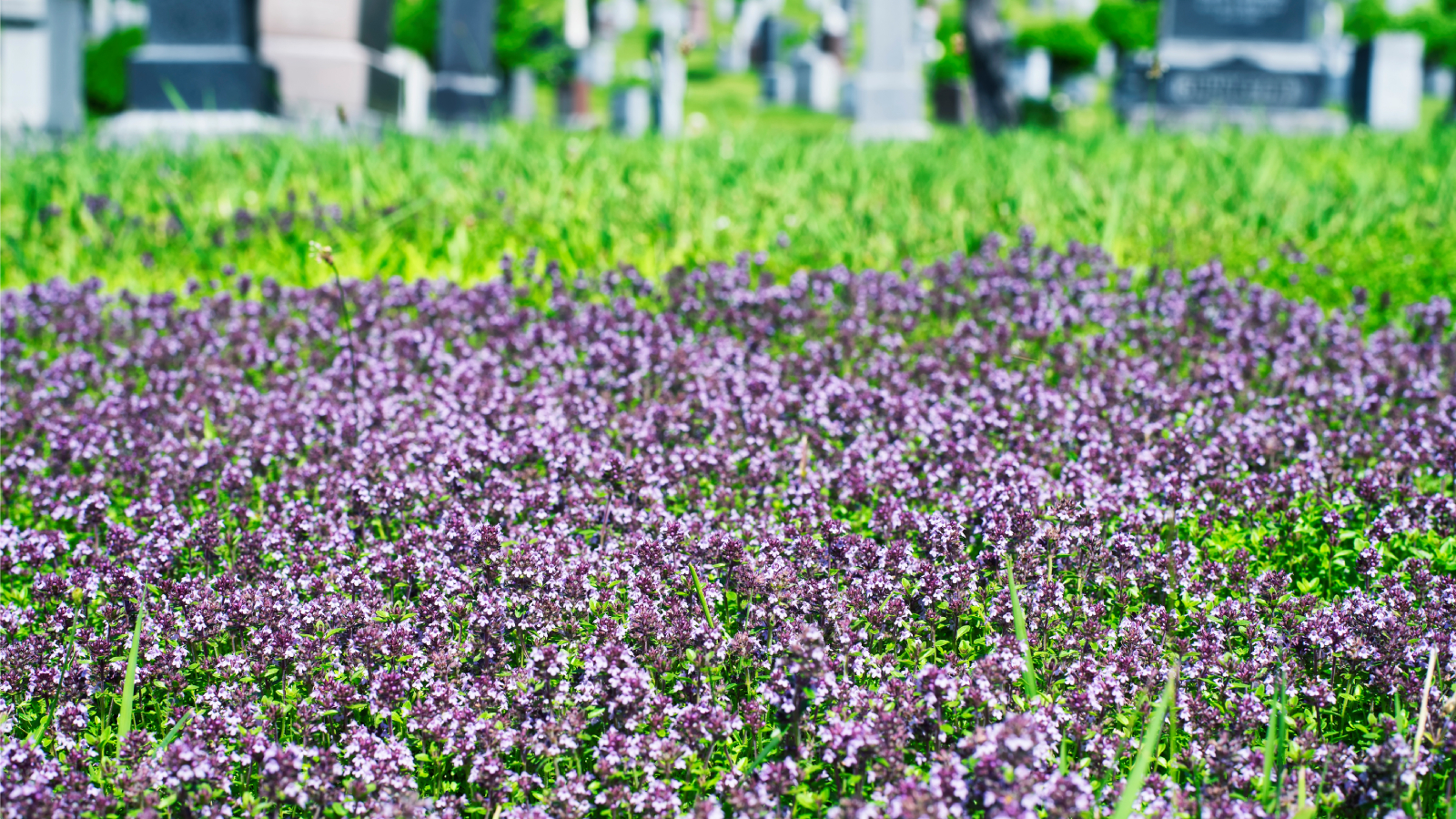
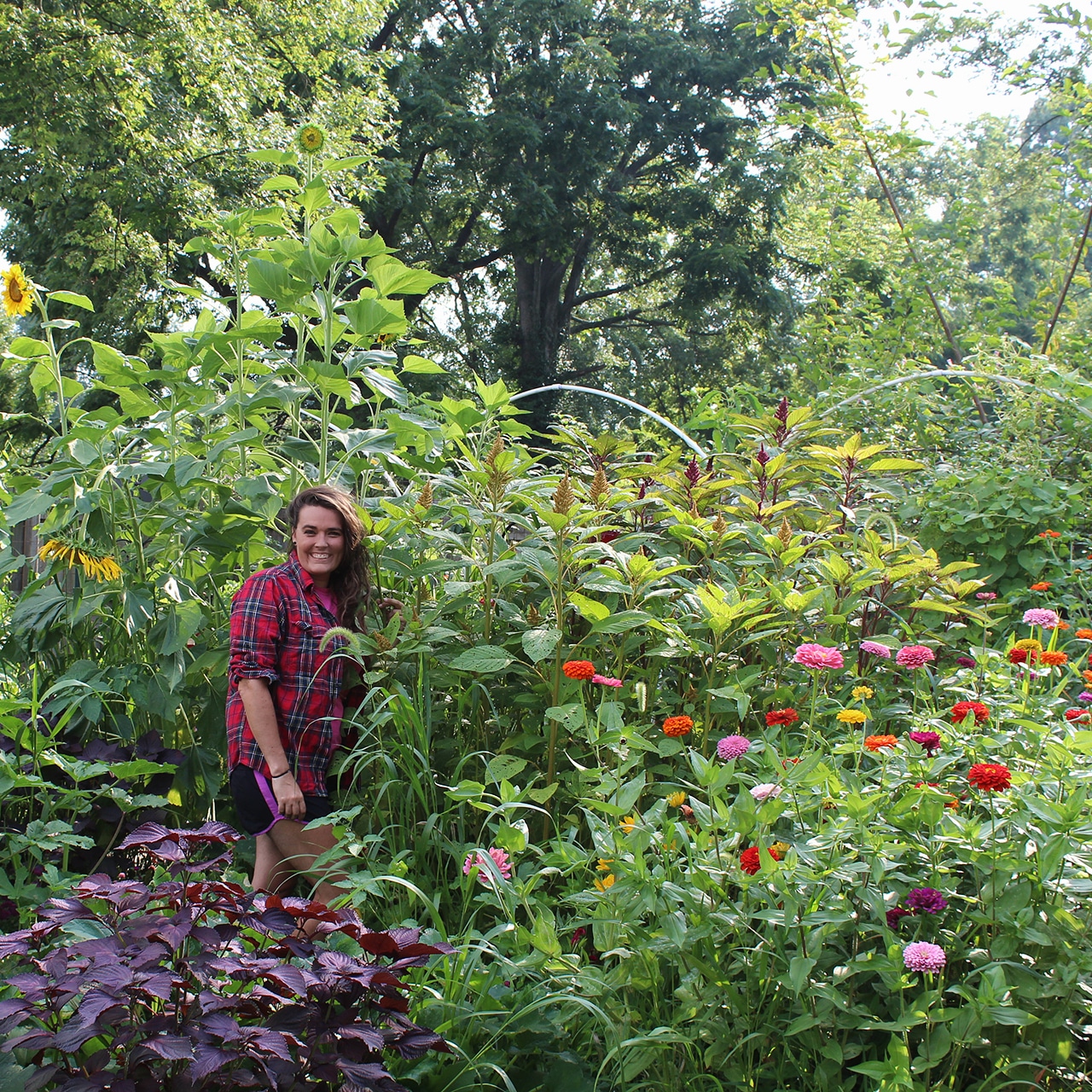
Though traditional lawns used to be commonplace, the popularity of more sustainable lawn alternatives continues to grow. These unique alternatives to a lawn are of special interest in regions where conditions may be particularly harsh, such as those that experience prolonged periods of drought or high temperatures.
Notable features of sustainable landscapes include those that make use of water-wise plants, various types of groundcover, or even hardscaping. Using lawn substitutes is a great way to be more sustainable, reduce lawn maintenance, and help local pollinators while providing a lush look for your yard.
1. Chamomile
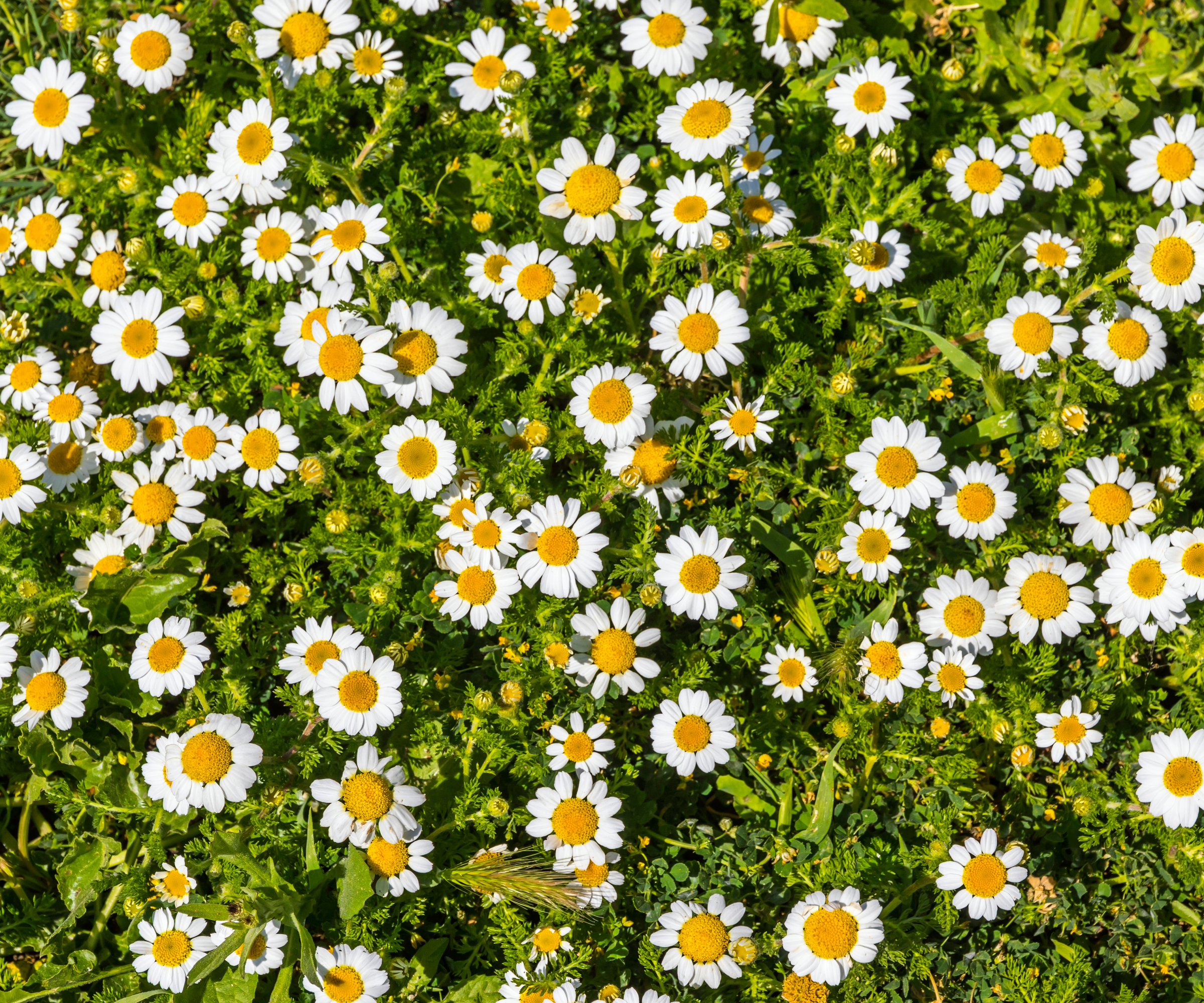
Growing a chamomile lawn is a great alternative to grass and is planted in spring. Among the most popular non-grass lawn alternatives, chamomile is praised for its ease of care. Once established, plants will require only minimal maintenance; thriving without supplemental watering, feeding, or the need for pruning. Flower production occurs best where the plants are able to receive full sun. However, most species are able to tolerate part-shade conditions without becoming leggy or losing vigor.
2. Sedum
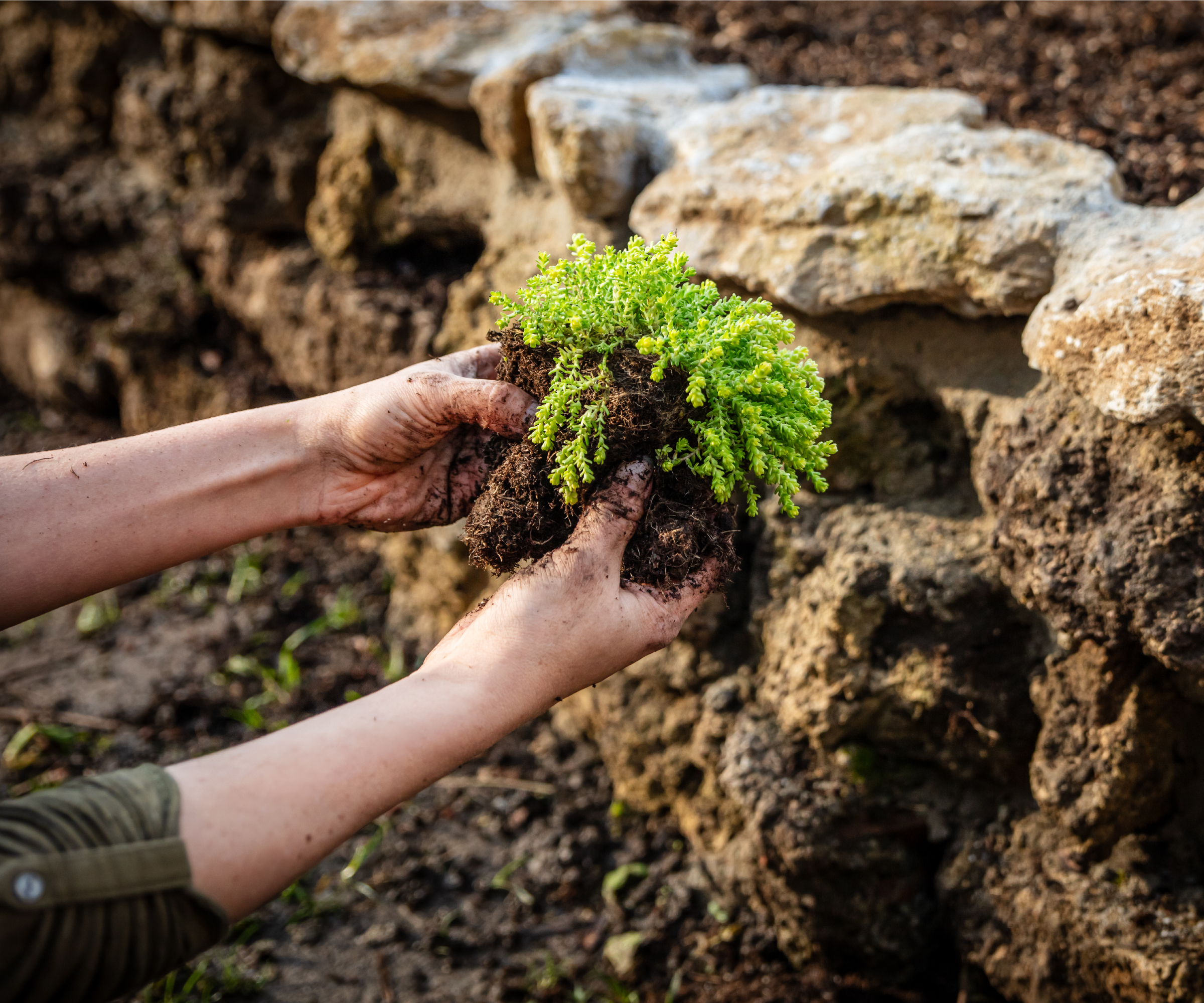
Succulent sedum plants are among the best candidates for use in lawns that experience drought. A sedum lawn will spread quickly where conditions are ideal, covering large areas with attractive greenery. Though sedums are sure to leave a lasting impression, their delicate nature should be noted. Experienced growers suggest it not be planted in high traffic areas, where its stems may be easily damaged or broken.
3. Moss
Among the most sustainable alternatives to grass lawns is the moss lawn. Occurring naturally where conditions remain cool and moist throughout summer, this alternative can be among the most difficult to establish if cultural requirements have not been met. Plants that receive too much sun will not survive. Moss is most commonly found growing beneath trees or in woodland areas under full shade or dappled-light conditions.
4. Creeping Thyme
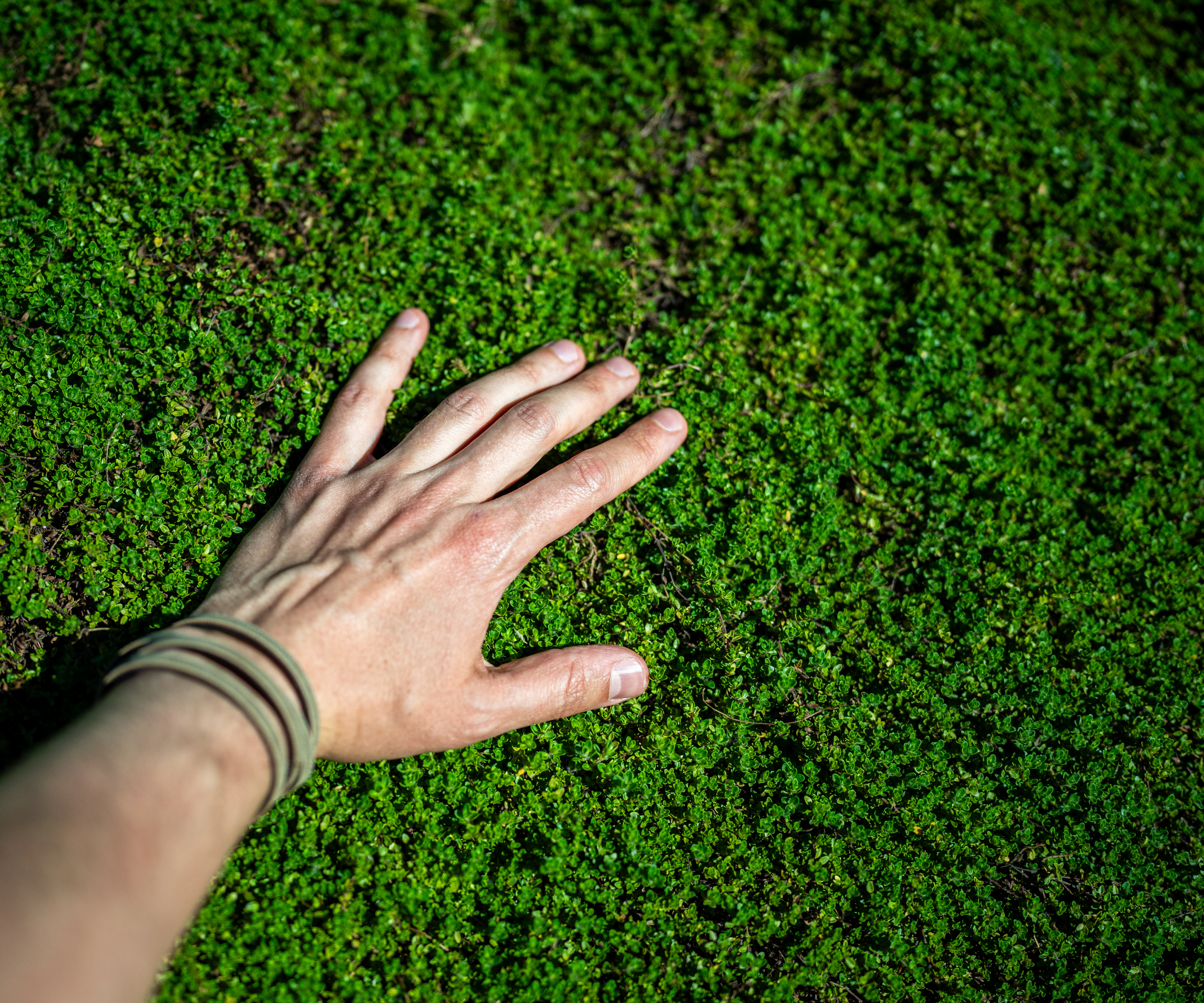
A creeping thyme lawn is highly regarded as alternative to traditional lawns. Each spring, gardeners can expect the groundcover to produce a profusion of vibrant blooms. The plants are praised for their toughness and ability to withstand use in “high-traffic” areas. Creeping thyme spreads easily, multiplying over the course of only a few seasons. Highly resistant to drought, perennial species return each year, requiring very little care from growers.
5. White Clover
Considered by some to be a common turf weed, the use of white clover as an alternative lawn continues to gain popularity. In bloom, flowers serve as a vital source of food for wide species of bees and other pollinators. Though the perennial is considered to be short-lived, it often reseeds freely. Attractive foliage further adds to the allure of white clover, making it a good choice for those wanting to emulate the look of a more traditional lawn.
Gardening tips, videos, info and more delivered right to your inbox!
Sign up for the Gardening Know How newsletter today and receive a free copy of our e-book "How to Grow Delicious Tomatoes".
6. Common Daisy (Bellis spp.)
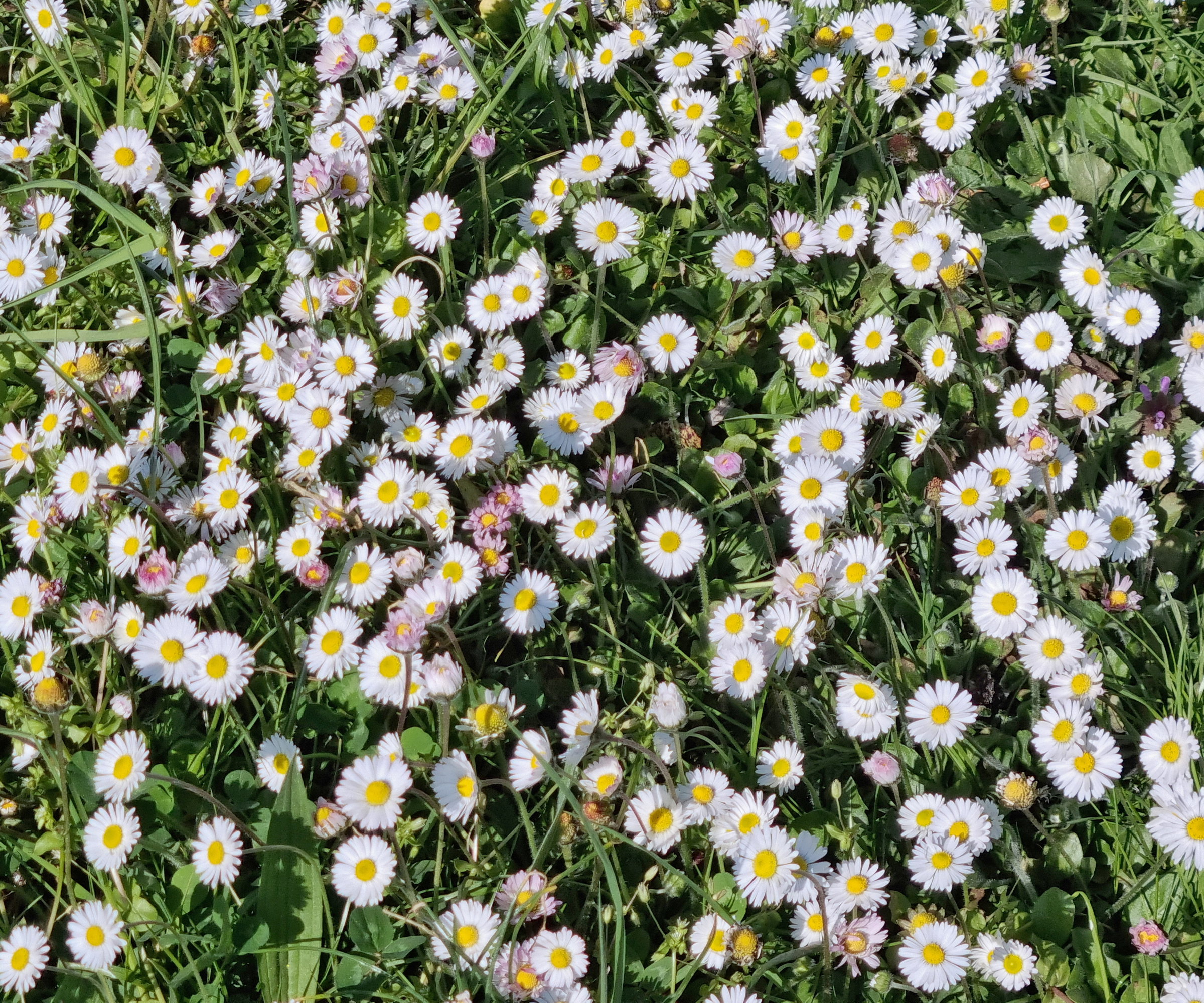
Common daisies are exceptionally well-suited to naturalized lawns. This is due to their hardiness to cold, resistance to disease, and overall ease of growth. Gardeners can expect plants to produce small, ray-like blooms, lasting from late winter through early spring. Though most species of Bellis are tolerant to cooler temperatures, plants may struggle where conditions are especially hot.
7. Creeping Jenny
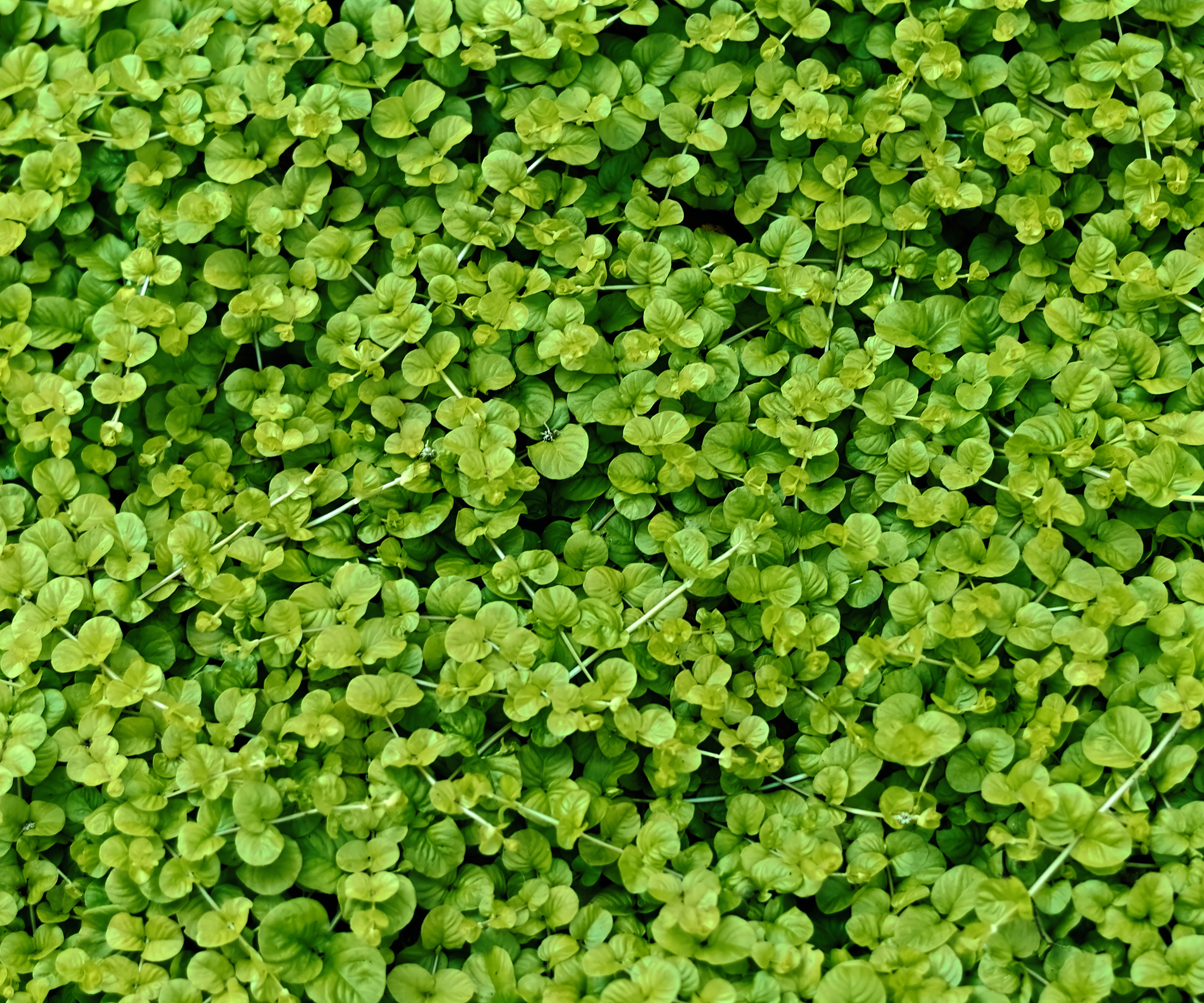
Creeping Jenny ground cover, Lysimachia nummularia, is often rated among the most aggressive lawn alternatives. Attractive foliage gives way to small, yellow blooms; adding color to rock gardens, slopes, and/or otherwise inhospitable growing beds. Plants are able to spread quickly, sometimes, overtaking anything that stands in their path. Care should be taken to ensure that the species does not become invasive, sowing or transplanting only where it can be controlled.
8. Peanut
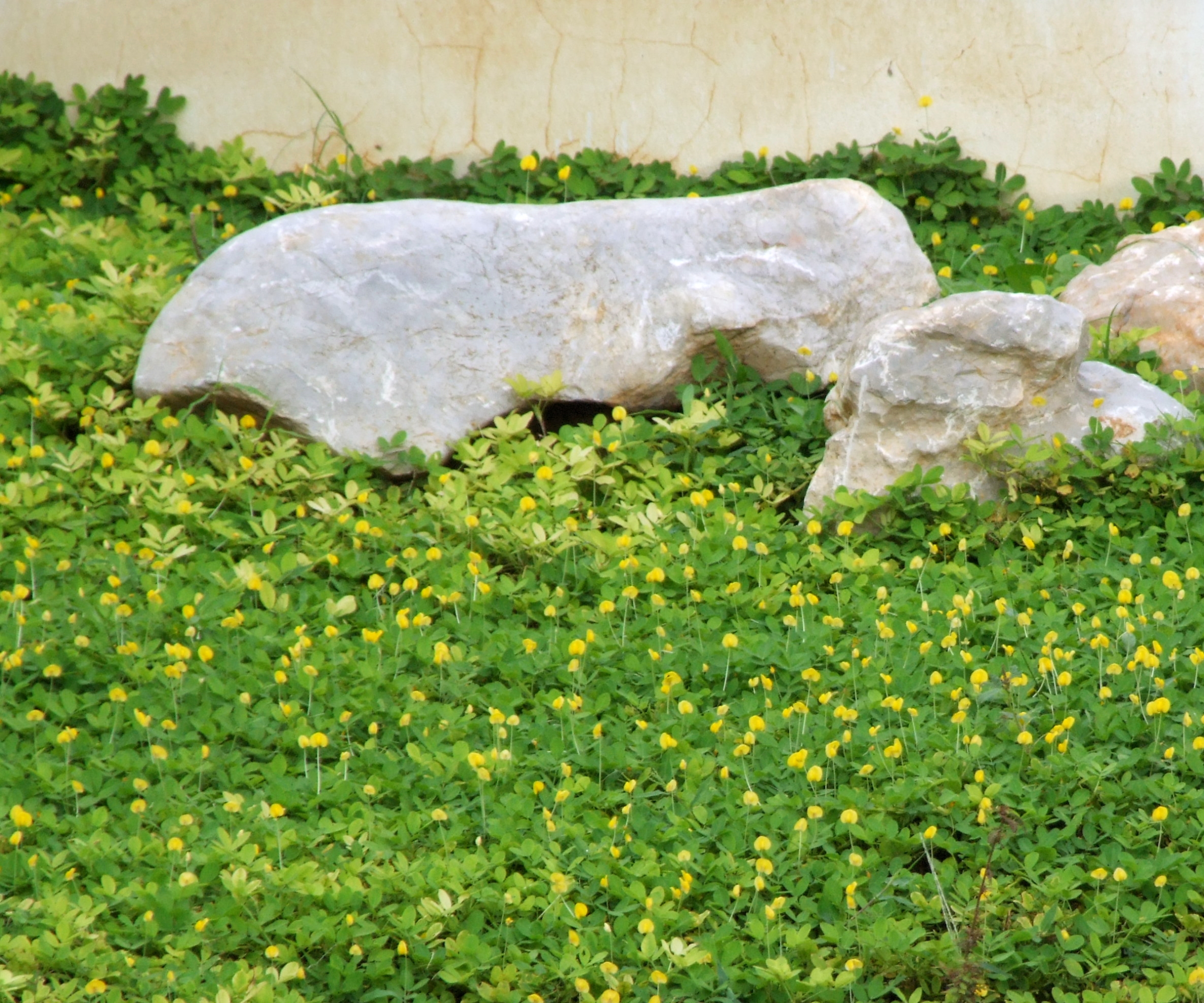
Perennial peanuts used as groundcover are a versatile option for those living where conditions are hot and humid. Plants spread rapidly to form dense mats, ideal for controlling erosion or preventing weeds. For the growth of lush foliage, gardeners should aim to plant in full sun. Though it is not required, monthly mowing may help to maintain size, promote bloom, and can even serve to rejuvenate older plantings that have lost vigor.
9. Mazus
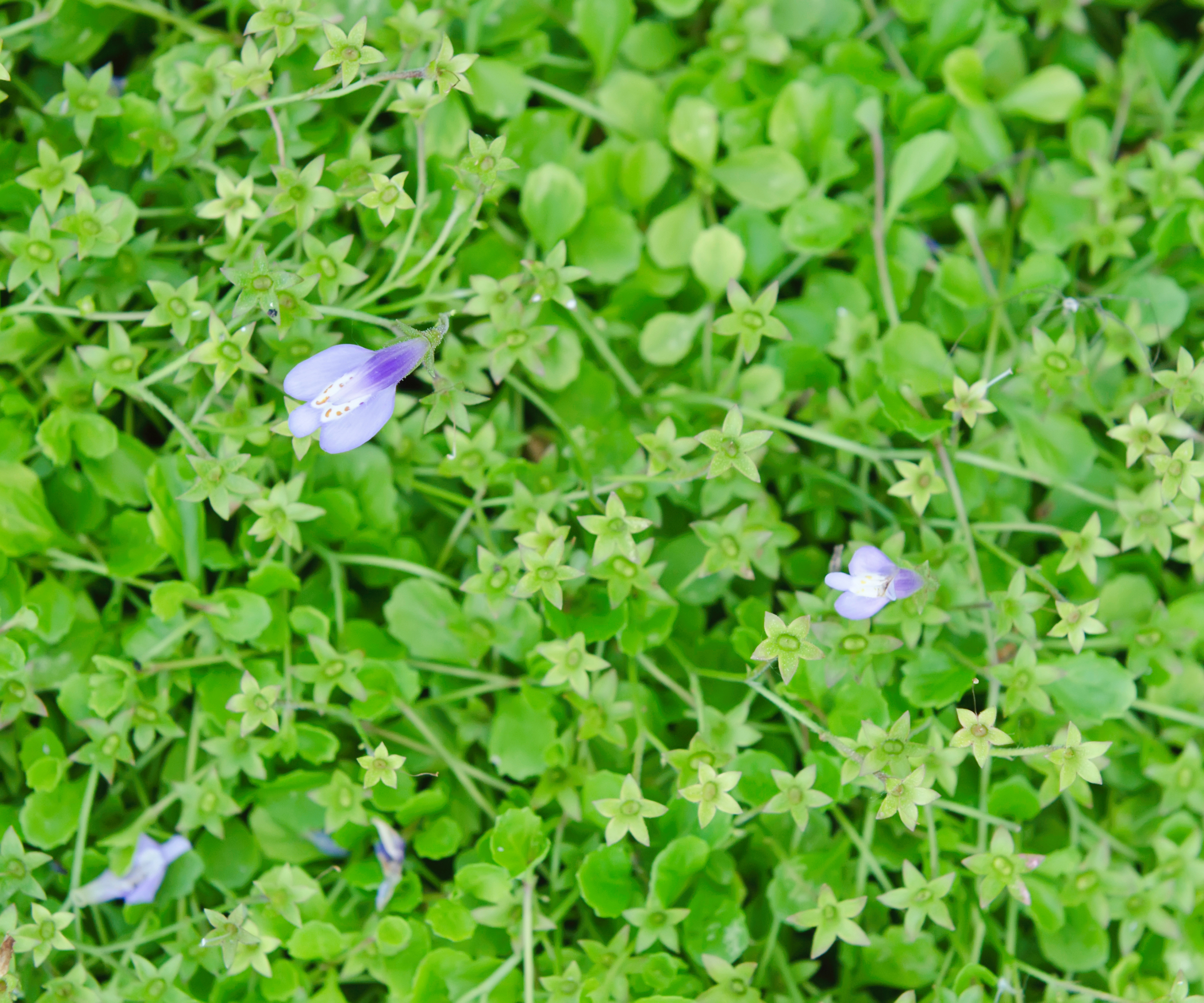
Producing attractive flowers in shades of purple or true blue, mazus plants grow quickly to form impressive carpet-like beds. Native to the Himalayas, plants are extremely hardy and grow well even where winter conditions are harsh. A mazus lawn alternative is a good choice for use in rock gardens, amongst pavers, and near patios.
10. Blueberry Sod
Pre-planted and sold in rolls, blueberry sod ground cover is an excellent option for both sloped and level gardens. Proper preparation of the area will be required in order for the plants to take root. This means all grass and weeds must first be removed. The growing space can then be amended so that each roll will come into good contact with the soil. Established lawns consisting of blueberry sod will produce an abundance of flowers, as well as attractive berries.
11. Sedge
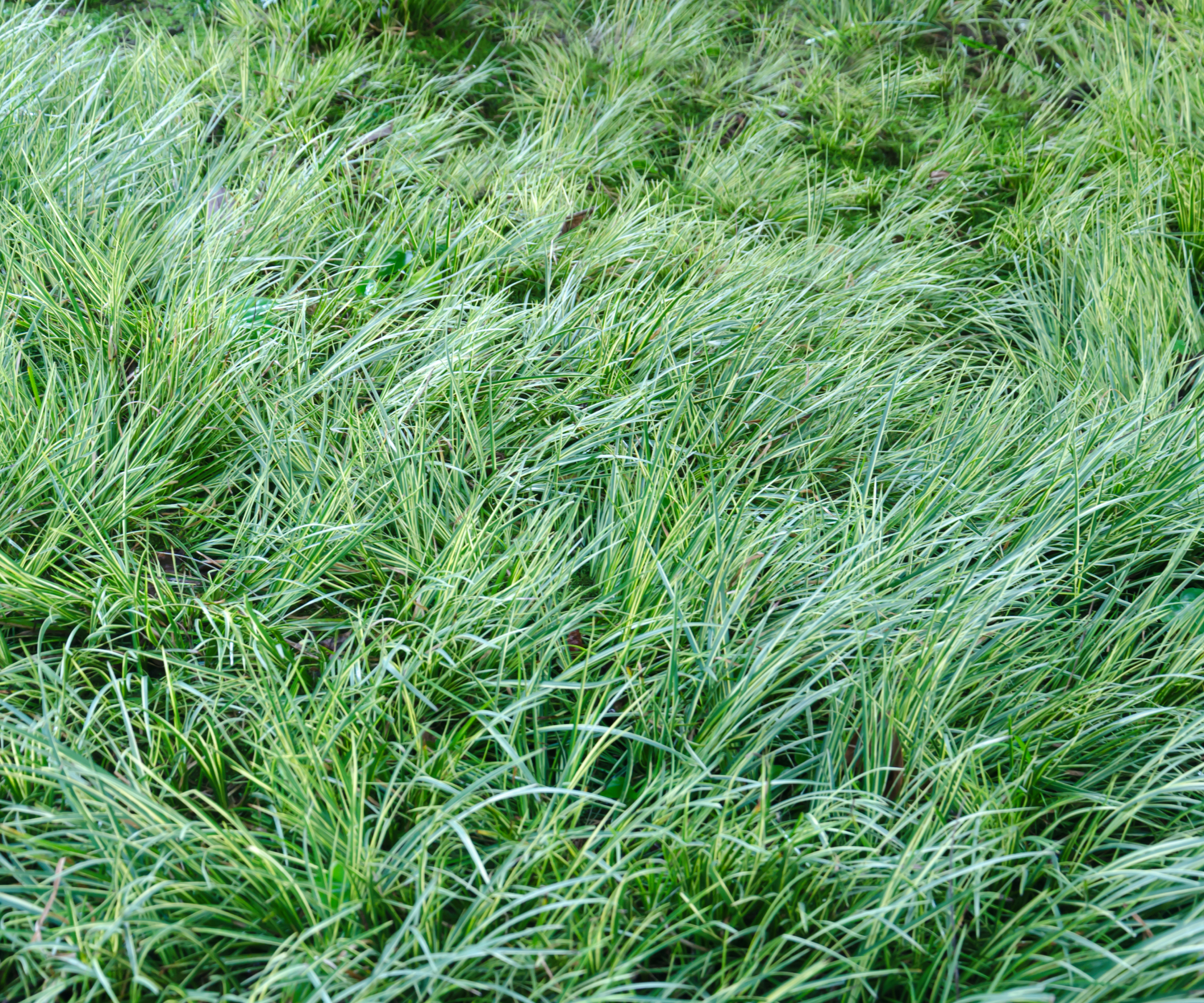
Closely related to grass, sedge plants boast an uncanny likeness. Sedge lawns differ greatly, however, in terms of ease of growth and routine maintenance needed to keep it looking its best. Plants will only seldom require watering, feeding, or even mowing. Sedge species are widely adapted, with cultivars available fitting most any growing conditions. Though it can be started from seed, gardeners suggest the purchase of transplants, as germination rates are often low.
12. Herniaria
Also known as rupturewort, herniaria green carpet produces evergreen foliage that is sure to withstand frequent visitors and use in even the busiest of spaces. Plants expand to form thickets that seldom require mowing or feeding. As herniaria is able to grow well in poor soils, they are an excellent choice for rock gardens, xeriscaped beds, and use near gravel paths or drives.
More Sustainability Ideas
- Enroll in our free Sustainability Mini-Course to learn more about how you can help the environment and attract pollinators
- Create a pollinator watering station with Bee Cups from the Gardening Know How Shop. These cute, handmade ceramic cups will help thirsty pollinators stay hydrated this summer.
- Looking to boost soil health and take care of the earth? Explore regenerative gardening techniques to turbocharge your soil for the healthiest plants yet!
- Want more tips, tricks, and inspiration delivered straight to your inbox? Sign up for the free Gardening Know How Newsletter!
This article features products available from third-party vendors in the Gardening Know How Shop.

Tonya Barnett has been gardening for 13 years. Flowers are her passion. She has transformed her backyard into a cut flower garden, which she regularly chronicles on her YouTube channel http://www.youtube.com/@tonyawiththeflowers.
-
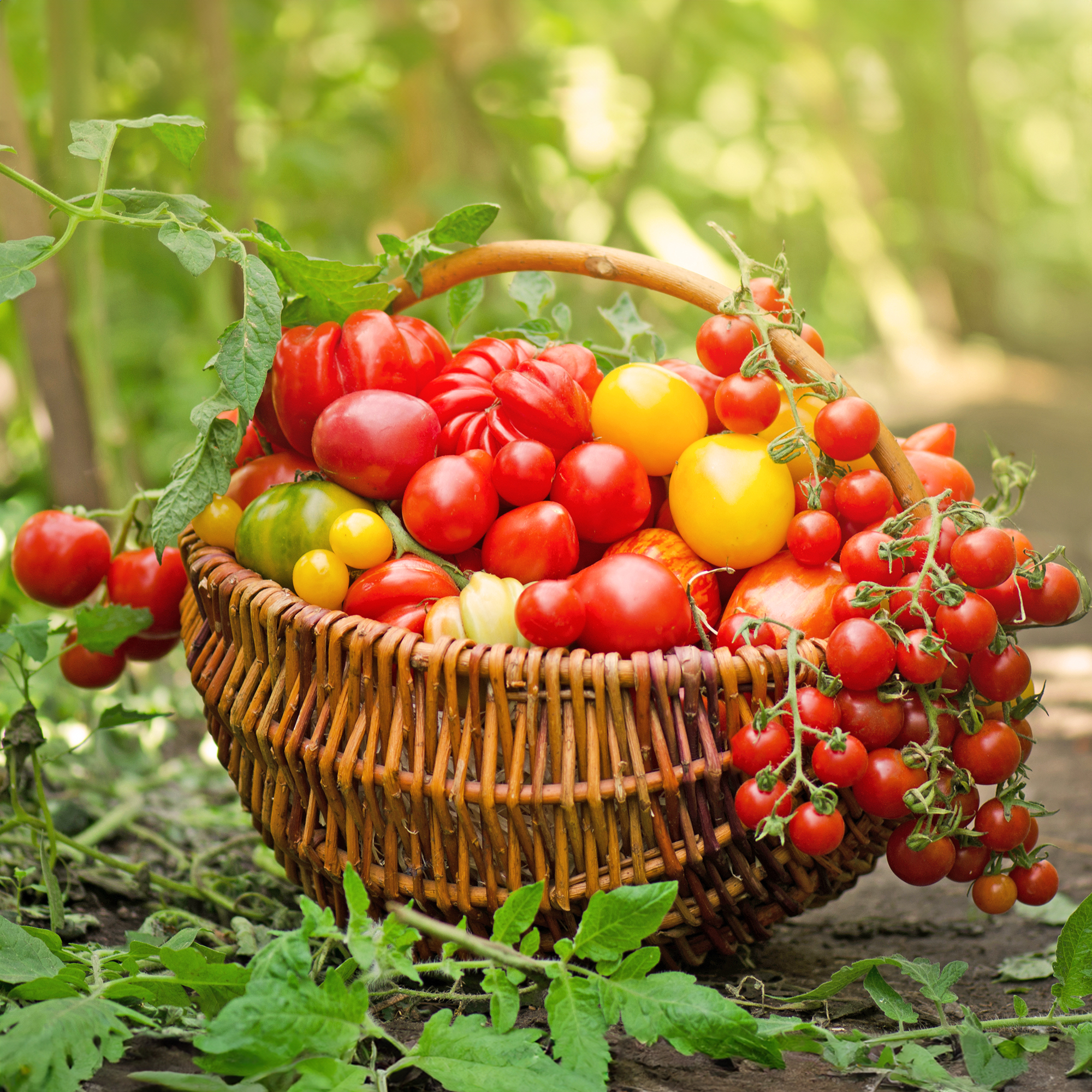 Types Of Tomatoes Explained: Explore The Many Wonderful Shapes, Colors, Flavors, & Best Uses
Types Of Tomatoes Explained: Explore The Many Wonderful Shapes, Colors, Flavors, & Best UsesThe world of tomato varieties is vast and fascinating. Learn about the key types to grow in your garden, tailored to your preferences and space.
By Amy Grant
-
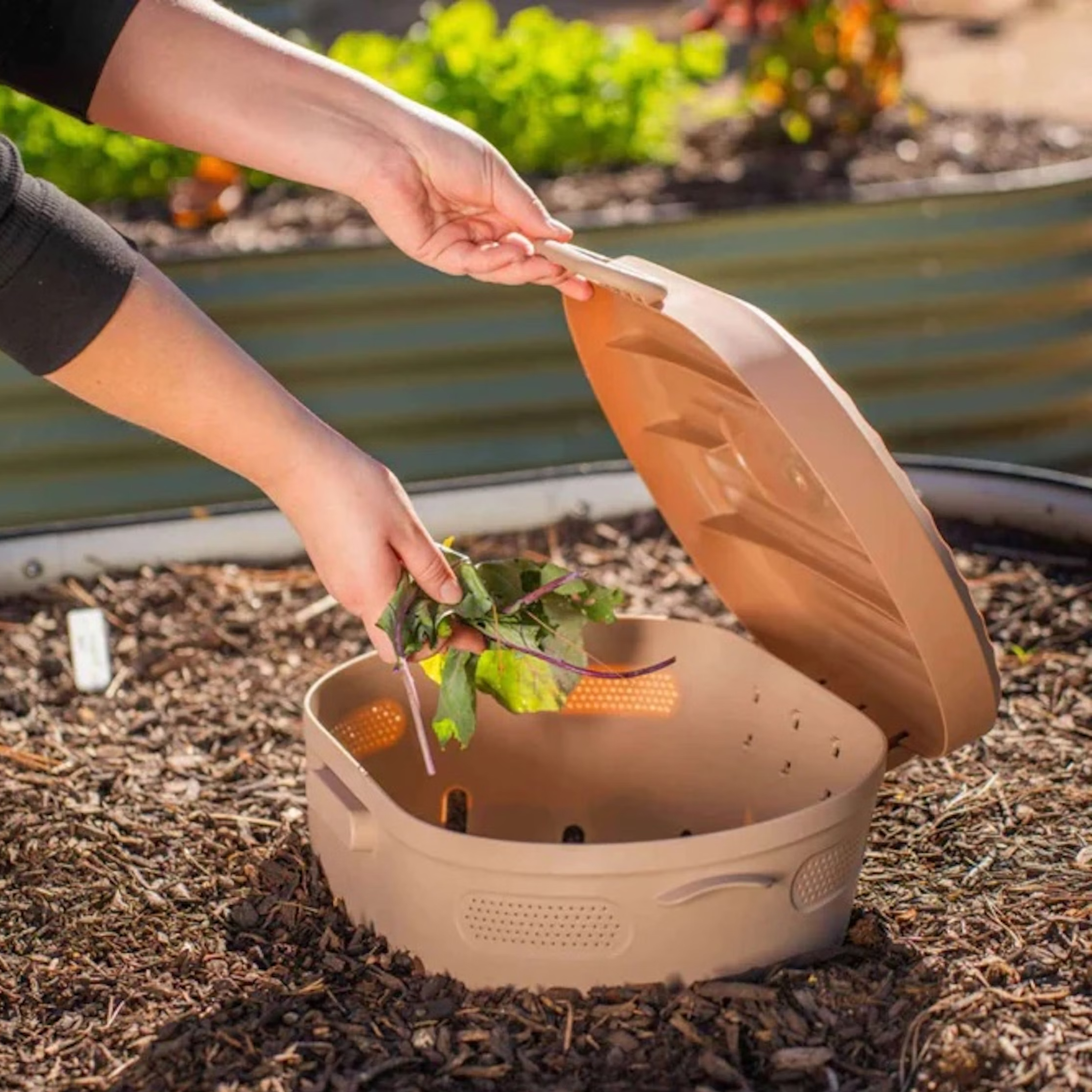 Try The Trend – Turn Any Bed Into A Keyhole Garden With This Clever In-Ground Composter
Try The Trend – Turn Any Bed Into A Keyhole Garden With This Clever In-Ground ComposterKeyhole gardening is an efficient and sustainable practice that saves space. Get started on this DIY project quickly and easily with an in-ground composter.
By Bonnie L. Grant